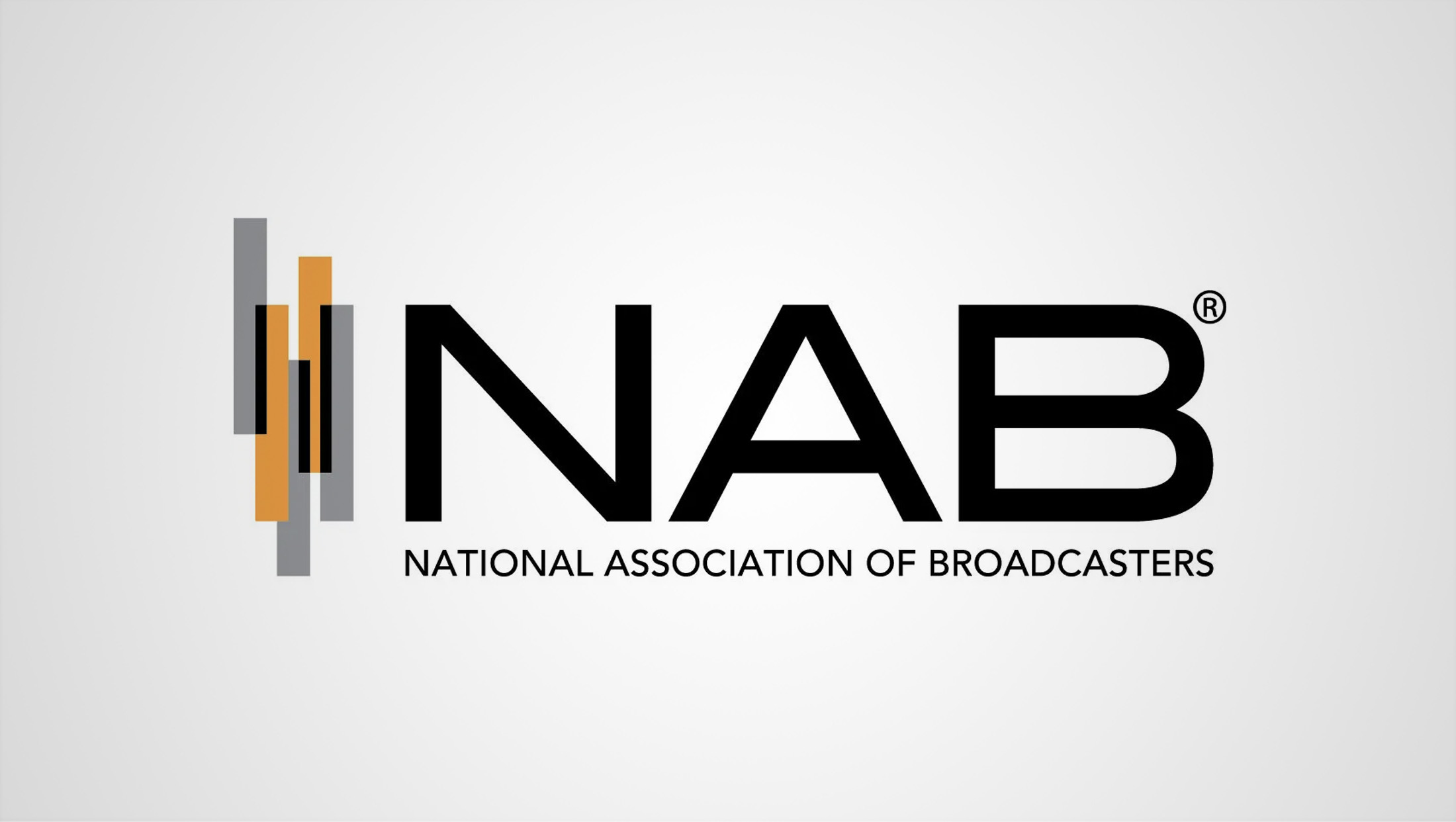NAB urges FCC to update broadcast ownership rules, accelerate ATSC 3.0 transition

Subscribe to NCS for the latest news, project case studies and product announcements in broadcast technology, creative design and engineering delivered to your inbox.
The National Association of Broadcasters is pressing the Federal Communications Commission to modernize ownership rules and accelerate the transition to next-generation broadcast standards, arguing that current regulations handicap local stations against digital platforms.
In a July 16 filing to the FCC, NAB Chief Legal Officer Rick Kaplan detailed a July 14 meeting with Commissioner Olivia Trusty where the organization outlined two priorities: reforming broadcast-only ownership restrictions and completing the nationwide ATSC 3.0 transition.
The timing coincides with the FCC’s active review of ownership rules through a Public Notice seeking comments due in August, giving the broadcast industry a formal opportunity to argue for regulatory changes. The meeting is expected to include the elimination of 98 broadcast rules, per a blog post from Chairman Brendan Carr.
The broadcasters’ trade group characterized existing ownership rules as outdated frameworks “designed for an era that simply no longer exists.” NAB argues that local radio and television stations face “unprecedented competition from national and global digital platforms” that operate without the structural limits or public interest requirements imposed on traditional broadcasters.
“Without the ability to operate at meaningful scale, local broadcasters struggle to make the investments necessary to serve their communities with trusted local journalism, emergency information, and culturally relevant content,” the filing states.
ATSC 3.0 debate intensifies
The ATSC 3.0 discussion has become increasingly contentious, with multiple stakeholders filing competing positions with the FCC this month. NAB’s latest filing emphasized that broadcasters are investing in the new technology while stressing that FCC action on ATSC 1.0 sunset dates and other regulatory matters remains essential.
Pearl TV, an industry consortium, has been equally vocal about the need for regulatory certainty.
According to a July 10 ex parte filing, Anne Schelle, managing director of Pearl TV, and legal counsel Gerard Waldron met July 8 with Jessica Kinsey, Commissioner Trusty’s legal advisor. The meeting focused on pushing the FCC to issue a Notice of Proposed Rulemaking that would establish concrete transition timelines.
Pearl TV executives warned that delays in setting a firm sunset date for legacy broadcasts could derail consumer device adoption and affordable converter box availability, potentially undermining the entire transition effort.
However, the broadcast industry faces organized opposition to mandatory ATSC 3.0 adoption.
A coalition of 13 conservative organizations filed formal opposition July 10, led by Americans for Tax Reform and including Digital Liberty, the Innovation Economy Alliance and Citizens Against Government Waste.
“More than three out of every four Americans have access to ATSC 3.0,” the coalition states in their letter to the FCC. “It is available in more than 80 markets in parallel to ATSC 1.0 technology delivering digital television.”
The groups argue that market forces should determine the standard’s future rather than government intervention, contending that voluntary adoption has already achieved widespread success without regulatory compulsion.
Adding to the opposition, a new policy paper from the Free State Foundation urges the FCC not to impose NextGen TV mandates. The paper, written by former FCC Commissioner Michael O’Rielly, contends that requiring television broadcasters, manufacturers, and consumers to shift to the new broadcast format would result in substantial costs without proven public benefit.
Industry at crossroads on NextGen TV
The competing filings illustrate the broadcast industry’s strategic crossroads as it seeks to remain competitive with streaming services while managing significant technological transitions.
NAB specifically criticized what it termed “disingenuous and blatantly anticompetitive objections” from unnamed industry players who view free broadcast video services as competitive threats.
The ATSC 3.0 transition represents a significant technical shift for the broadcast industry, similar in scope to the digital television transition completed in 2009. The new standard promises to make broadcast television more competitive with streaming services through improved mobile reception and interactive features.
NAB President Curtis LeGeyt accompanied Kaplan in the meeting with Trusty, whose staff included chief of staff Krista Senell and acting legal advisor Jessica Kinsey. The organization is seeking “prompt Commission action on pending technical and policy matters” related to ATSC 3.0, referencing a petition filed earlier this year that outlined a path to complete the transition.
Subscribe to NCS for the latest news, project case studies and product announcements in broadcast technology, creative design and engineering delivered to your inbox.




tags
FCC, NAB, NextGen TV ATSC 3.0, Rick Kaplan
categories
Featured, NextGen TV, Policy